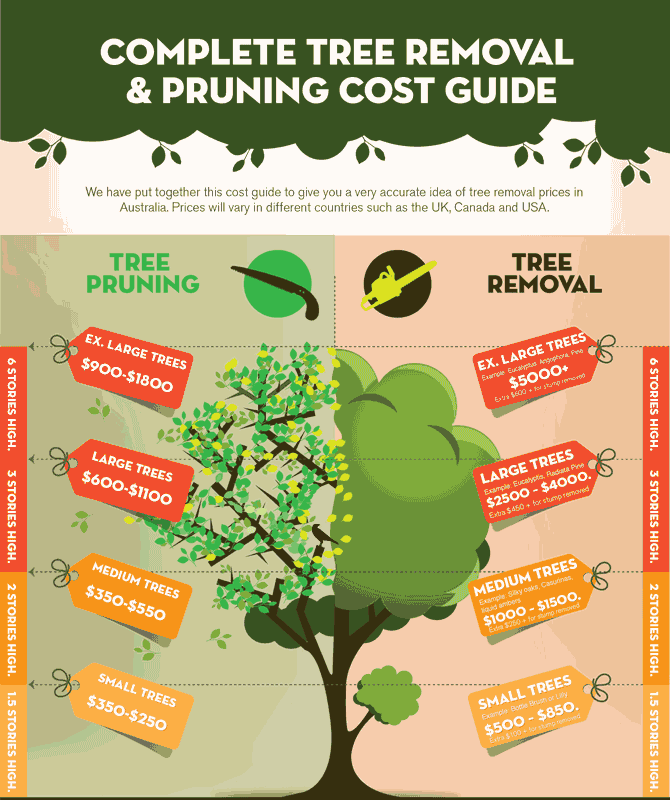Uncover Strategies For Maintaining A Healthy And Balanced Environment After The Trees Have Actually Been Removed
Uncover Strategies For Maintaining A Healthy And Balanced Environment After The Trees Have Actually Been Removed
Blog Article
Short Article By-
When it pertains to seasonal tree care, guaranteeing appropriate management prior to and after removal can considerably impact the health and aesthetic appeals of your landscape. By recognizing the needed steps involved in assessing tree health and preparing for removal, you can proactively secure your property. Yet what about the essential techniques to comply with when the tree is gone? Keep tuned to find the important post-removal treatment actions that will aid you grow a flourishing and lasting environment for your trees.
Pre-Removal Tree Treatment
Prior to resolving the removal of a tree, it's essential to prioritize pre-removal tree treatment. Begin by examining the tree's health and wellness and structural honesty. Try to find signs of condition, parasite invasions, or any architectural concerns that might present a safety and security risk throughout removal. It's essential to speak with a licensed arborist to identify the very best strategy.
Pruning dead or diseased branches can stop further damage to the tree and make certain a smoother removal process.
Additionally, think about the ecological influence of eliminating the tree. Trees play an essential role in our ecological community, so planting a brand-new tree in an appropriate area can assist balance out any loss. Ensure that property and garden maintenance have the needed permits and permissions for tree elimination, specifically if the tree is secured by regional guidelines.
Seasonal Maintenance Tips
Evaluating your tree's requirements throughout the year is important for its health and durability. To keep your trees in top condition, comply with these seasonal maintenance suggestions.
In spring, focus on trimming to get rid of dead or broken branches and motivate brand-new growth.
Summer season asks for routine watering, specifically during droughts, to guarantee your tree stays hydrated.
As you can count on trees , watch out for very early signs of disease or stress, and think about applying mulch to protect the roots throughout wintertime.
In winter season, be cautious when getting rid of snow from branches to prevent breakage, and continue to check your tree's overall health.
Bear in mind to change your treatment regular based upon the specific demands of your tree varieties and neighborhood environment. By staying alert and aggressive throughout the periods, you can help your trees flourish and prosper for years to come.
Post-Removal Tree Treatment
To make sure the health and wellness of your landscape also after tree elimination, proper post-removal treatment is necessary. After a tree is gotten rid of, it's crucial to load the remaining hole with topsoil and portable it to avoid settling. This will certainly aid keep the stability of the ground and stop prospective risks in the future.
Think about planting new plant life in place of the removed tree to bring back the equilibrium and aesthetics of your landscape. Consistently budget tree service to promote the growth of new plants and prevent dirt disintegration.
Evaluate the surrounding trees for any type of indications of disease or stress and anxiety that might have been brought on by the eliminated tree. Keep an eye out for parasites that may've been attracted to the previous tree and take safety nets to safeguard the staying vegetation.
If needed, talk to a professional arborist to analyze the impact of the removal on the surrounding trees and determine any additional treatment required. By following these post-removal care steps, you can make sure the ongoing wellness and beauty of your landscape.
Conclusion
To conclude, proactive seasonal tree care is important for keeping the wellness and balance of your landscape. By assessing tree health and wellness, trimming, and talking to an arborist prior to removal, you can make sure a risk-free procedure. After removal, filling up the hole, growing new greenery, and normal watering will promote new development and protect against disintegration. Bear in mind to inspect bordering trees for condition and seek more care actions from an arborist to keep your landscape prospering.
